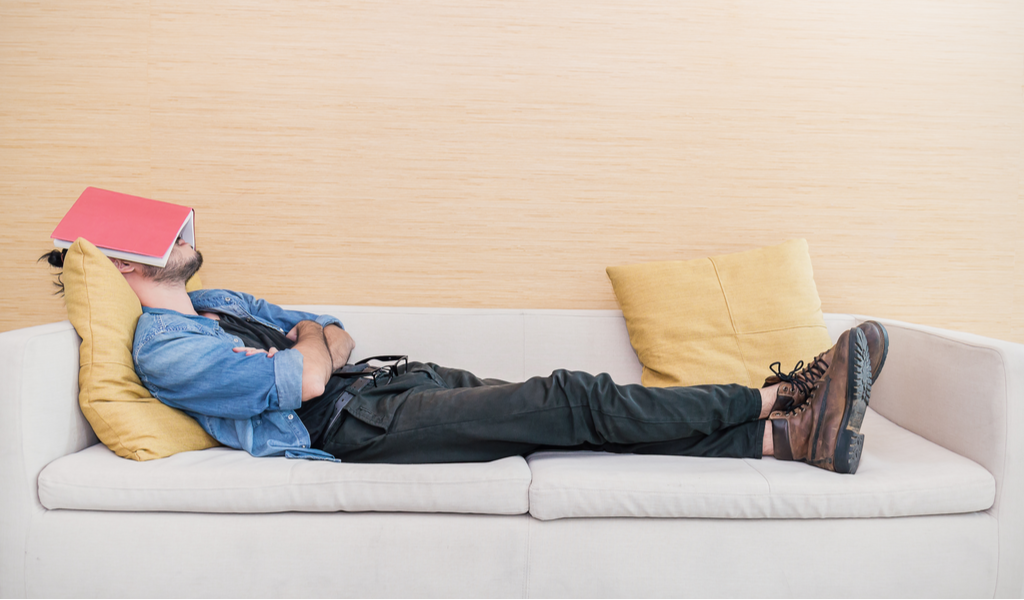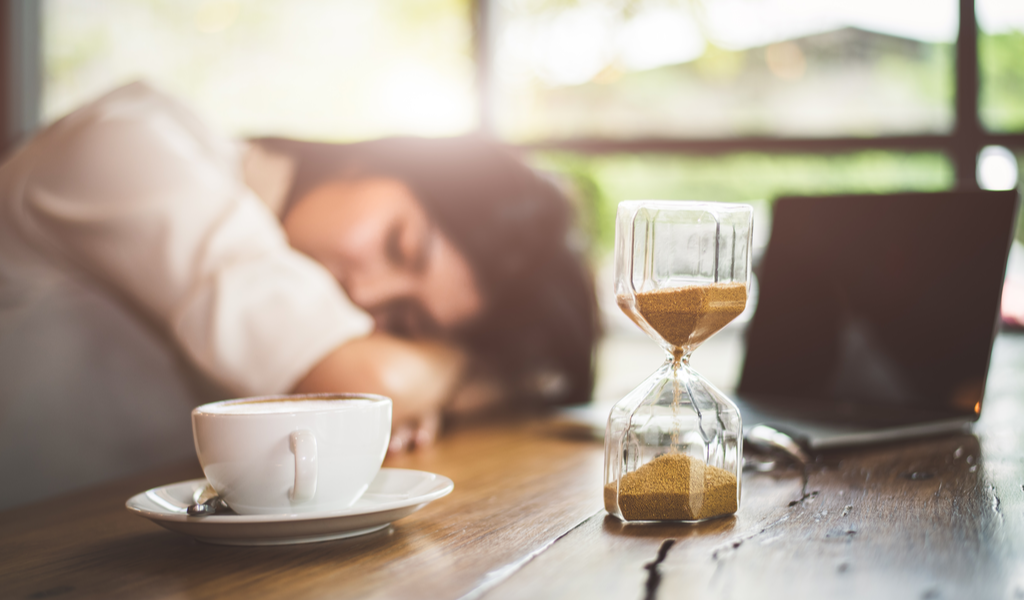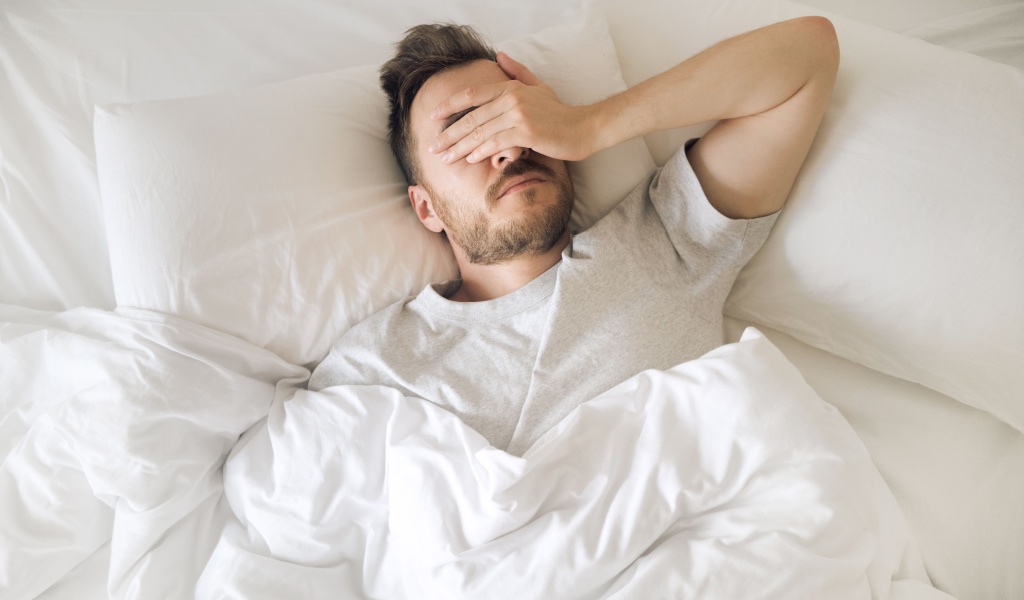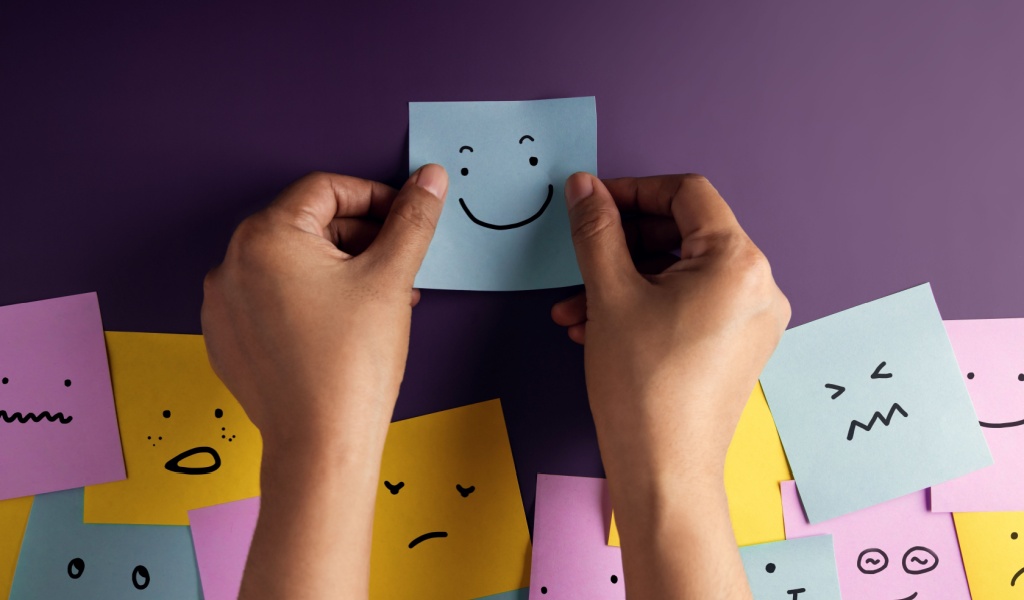If you’re like me, you might be experiencing some lethargy by the time midday rolls around in your workday. Even if you do get the recommended full 8 hours of sleep at night, you can feel tired after half the day has passed. Man, what you wouldn’t give for a nap right then and there…
Well, you’re not alone! It is pretty common knowledge that the last half of the workday is not as productive as the first and most people just end up watching the clock and waiting for the time to pass until they can go home. Given the pressures of modern life and the steadily rising levels of stress, it is only natural that most of us end up feeling that way.

Did you know that early 85% of the earth’s mammals are polyphasic, meaning they sleep several times throughout the day? While humans have been termed as monophasic, i.e., we only sleep once in a day, I think that there has been a misclassification. That’s because naps are one of the most beneficial things for us, and that’s not just me saying that!
It’s not realistic to expect to sleep several times a day, especially if you’re at work (your boss might not be too happy about paying you to literally sleep on the job). Enter: power naps!
What Is a Power Nap?
A power nap is a quick nap, typically lasting only between 15-30 minutes, taken during the middle of the day. The term was coined by James Mass, a social psychologist working at Cornell University. Power naps are a great way to avoid feeling burnt out and therefore, losing productivity, during the day.
Power naps have even been proven to help avoid the negative effects of sleep deprivation and help reduce stress levels significantly. It helps your body rest while your brain recharges, even in that very short space of time. With your energy replenished, you will be much more productive throughout the workday.
Types Of Power Naps
Power naps are classified into four varieties:
Planned Napping
This is a nap that you have planned for in advance. For instance, you may have a long night of work in front of you, so you may have scheduled a short nap in the middle of the day so you can get through it without falling asleep.
Emergency Napping
This is a nap that you feel like you need to take to keep functioning through the day. You may be so tired that you simply cannot focus on any of your tasks or keep going without some rest. Have you ever been so knackered while traveling that you’ve felt like you couldn’t continue without pulling over to the side of the road to get in a quick nap? That’s an emergency nap!
Habitual Napping
Just as the name suggests, this is a nap that you take around the same time of the day, pretty much every day. You have planned for it and it has become a habit.
Appetitive Napping
You know those glorious days when you have time to sneak in a casual nap just because you feel like it? That’s an appetitive nap. (P.S. How do you know you’re a fully-matured adult? When you find naps to be fun!)
How Long Should Naps Last?
The length of your nap will depend on a few factors, the most important of which is how much time you have to spare. You can’t be taking hour-long naps if you have important work to attend to, can you?
However, the length of naps can also depend on the desired result you expect from them. For instance, shorter naps have been proven to be very effective in improving declarative memory, which is a type of long-term memory used to recall facts and knowledge. So, if you are a college student trying to cram a million bits of information into your brain, 6-minute power naps are your best friend.
Alternatively, if you’re hoping to improve motor performance, you should schedule a 15–20-minute nap in the middle of the day. These are known for getting rid of sleepiness, making you more alert, and helping you focus better.
Longer naps, typically lasting between 60-90 minutes are excellent for stimulating creativity. This is because longer naps allow you to have more REM sleep, which is the time when brain connections are revitalized.

The Right Way to Nap
A power nap lasts for a very short amount of time and you need as much of it as possible to get the full intended effects of it, therefore, it’s important that you fall asleep as quickly as possible. To do this, ensure that there aren’t any distractions around you. Set your devices to silent or shut them off, and find a place where there isn’t much noise or light. If needed, you can wear a sleep mask and noise-canceling headphones, or play some soothing music over earphones if that would help you sleep better. You may also want to have a blanket or shawl handy as body temperatures tend to drop during quick naps.
Make sure to set an alarm for the time you intend the nap to be so that it does not end up going on for too long. You can also have a cup of coffee before your nap. While it may seem counterproductive, the coffee will help you get out of the sleepy funk quicker and get back to work fully energized. Splash some cold water on your face or sip on a chilled beverage to get yourself fully awake. A 5-minute brisk walk post-nap can also help do that. Try and keep these naps consistent every day so that it becomes a routine.
Why Should You Take Naps?
People don’t realize the importance of sleep, which is pretty sad given that humankind as a whole can be much more productive if we all got an adequate amount of sleep. And that’s not all. Quality sleep has been proven to have a number of other benefits, including but not limited to, a better immune system, optimal brain function, maintaining a healthy weight, and more. Plus, getting good sleep will make you just a nicer person overall!
If your sleep schedule has been interrupted for some reason, make sure you make up at least some of it during other times of the day. Power naps are fantastic because they are just that: powerful! So, make sure you don’t miss out on the immense benefits they can provide.



